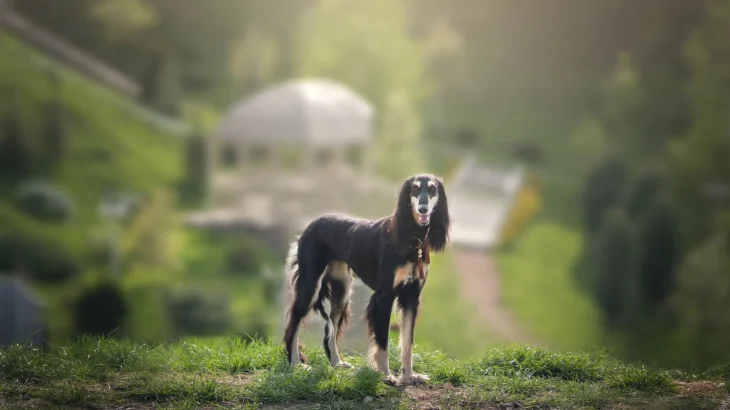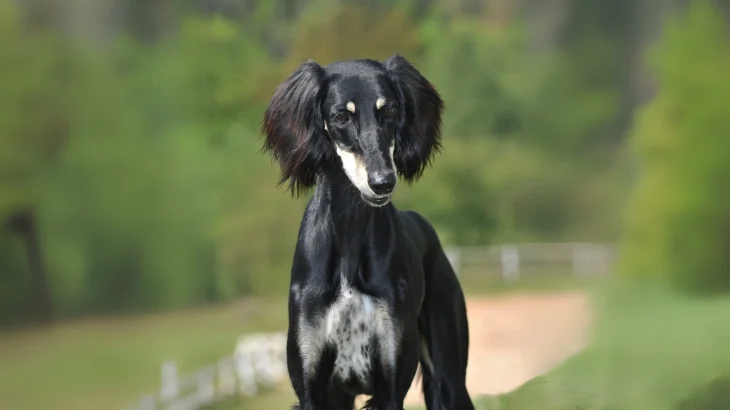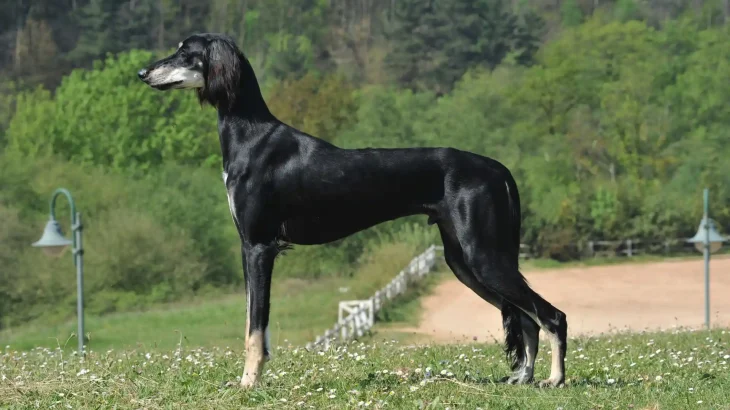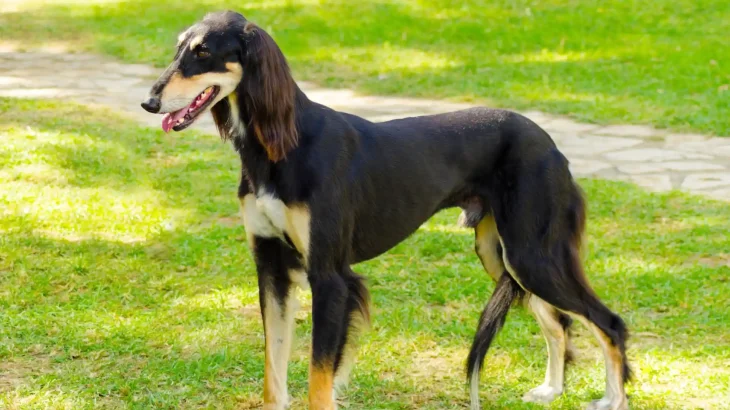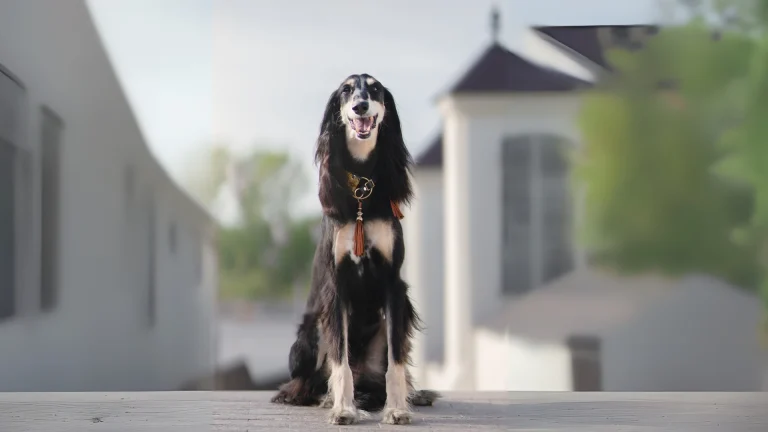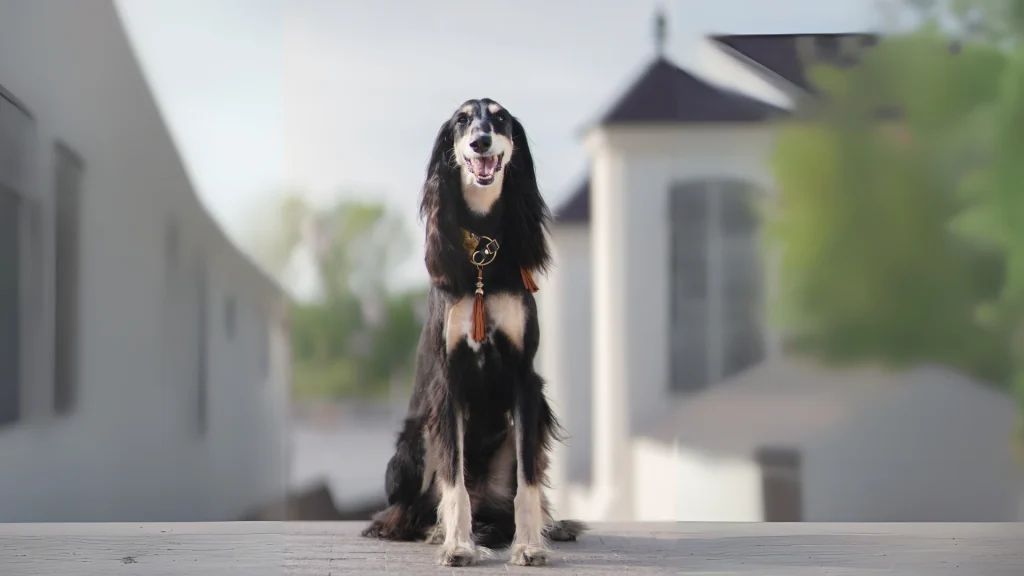When looking to bring a Saluki puppy into your life, deciding between adopting and purchasing from a breeder comes down to factors like cost, health transparency, and ethical considerations. Each option has unique benefits that suit different priorities, from embracing a rescue pup to securing lineage certainty with a breeder.
| Criteria | Buying from Breeder | Adopting from Shelter/Rescue |
|---|---|---|
| Cost | Typically ranges from $400 to $1,000 or more, reflecting health screenings and pedigree. | Generally lower fees, often $50-$200, usually includes vaccinations and spay/neuter. |
| Health History | Provides detailed health and temperament screening information. | Health background may be unknown but basic vet checks are performed. |
| Age Availability | Mainly puppies, allowing early training and bonding. | Range of ages available, including adults needing homes. |
| Temperament Insight | Breeders often provide lineage and temperament details. | Rescue organizations share observations but full history is uncertain. |
| Supporting Practices | Supports maintaining breed purity and responsible breeding when choosing ethical breeders. | Directly supports animal welfare by providing homes to dogs in need. |
| Breed Purity & Pedigree | Offers documented pedigree and purebred assurance. | Breed purity sometimes unknown; may lack formal documentation. |


